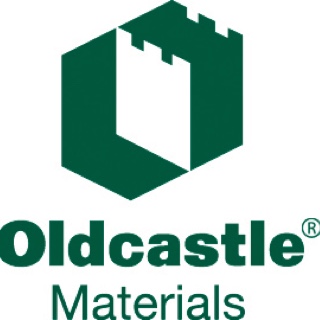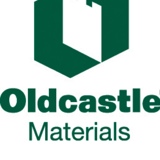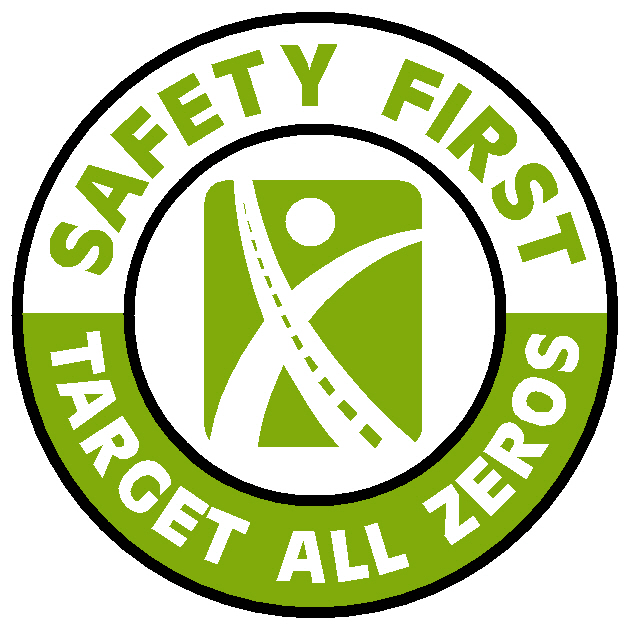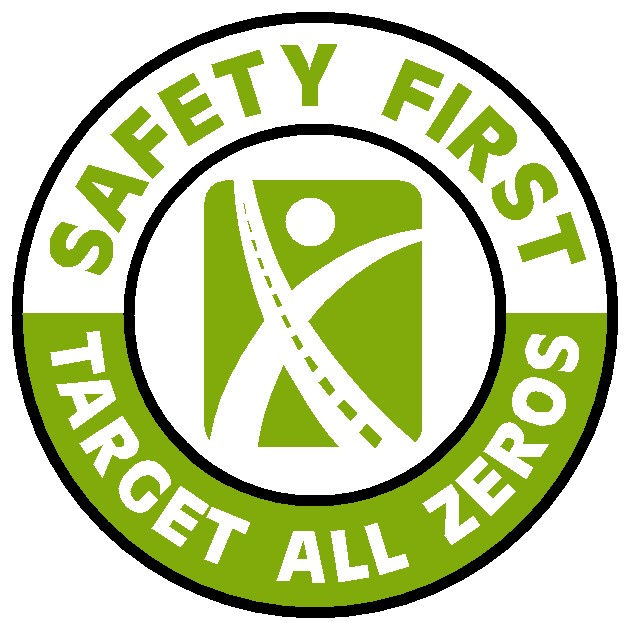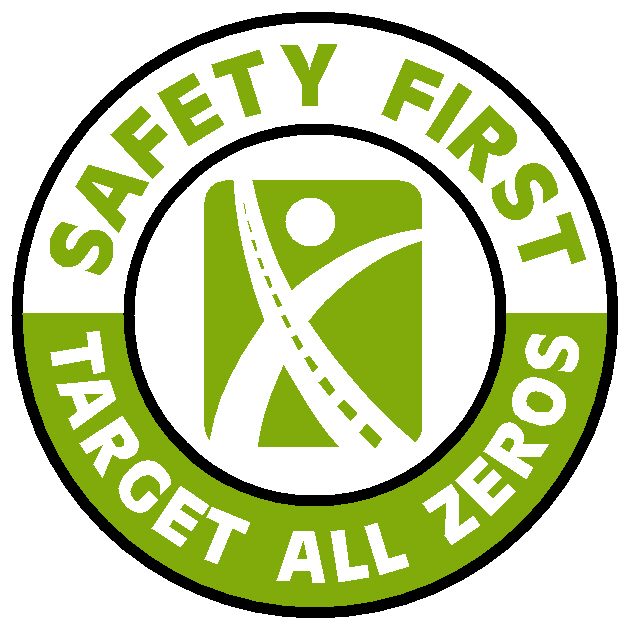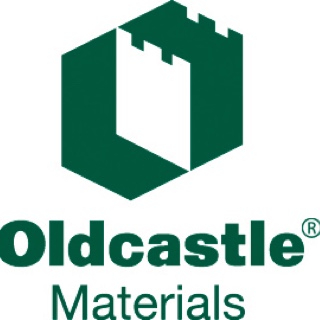Information
-
Document No.
-
Audit Title
-
Client / Site
-
Conducted on
-
Prepared by
-
Location
-
Personnel
-
Add location
-
Select date
-
Contractor
-
Truck Number
-
Picture of Trucking Information DOT Number
-
Does the truck have an operational backup alarm that can be heard over construction noise?
-
Does the driver have eye contact with spotter/laoder/plant personnel while backing up?
-
Is the driver off his/her cell phone?
-
Are the drivers headlights on for safety?
-
If the driver is out of his/her truck are they wearing all approved PPE?
-
Is the driver NOT using diesel to clean truck/trailer?
-
Is the driver following all posted speed limits and other traffic control devices?
-
Other
-
Add signature
-
SAFETY POLICY & OPERATING REQUIREMENTS
All persons visiting Contractor’s facilities or projects must comply with the following safety rules in addition to any safety regulations imposed by law. These rules are not intended to encompass every conceivable situation or to contradict any applicable laws, legal duties, or more stringent site-specific rules. As a result, these general safety rules should always be considered subject to such laws, duties, rules and the exercise of reasonable judgment.
1. MAINTAIN AWARENESS OF THOSE AROUND YOUR VEHICLE AT ALL TIMES.
2. Establish and maintain eye contact with anyone directing you while backing. IF, AT ANY TIME, YOU LOSE SIGHT OF ANY PERSON AROUND YOUR VEHICLE, THEN YOU SHOULD STOP IMMEDIATELY. Do not continue backing until you have located this person and are assured that there is no one else behind your vehicle. You can NEVER assume that a person around your vehicle has seen you or heard you, and you can NEVER assume that anyone will get out of the way. It should be second nature for you to stop in this situation and to remain stopped until it is clearly safe to proceed. WHEN IN DOUBT, STOP.
3. An “observer” (also known as a backer or spotter) must be guiding you whenever you are backing. In such situations, a backer should be guiding you the entire time—no matter how little or how far you are backing. If, at any time, a backer is not guiding you as you are backing toward a material transfer vehicle, then you should stop backing immediately.
4. All vehicles with obstructed rear views must be equipped with reverse signal alarms (also known as backup alarms). All such alarms must be in proper working condition and loud enough to be heard above the surrounding noise level. Although backup alarms are meant to warn others that you are moving in reverse, they do not guarantee that everyone will see you, hear you, or get out of your way, nor do they guarantee that all “blind spots” behind your vehicle are clear. Therefore, it is extremely important to STOP and ask for assistance if you need help while backing. Remember: WHEN IN DOUBT, STOP.
5. You must obey all speed limits and other traffic control at all facilities.
6. Your headlights must be on at all times, day or night.
7. Do not leave your vehicle unattended, unless it is absolutely necessary. When you do determine that it is absolutely necessary to leave your vehicle unattended, check to ensure that your vehicle is properly secured and that it is safely located.
8. Use extreme care when entering and exiting all facilities and projects.
9. Do not use cell phones or other communication devices at all, unless you are (1) in a building or trailer, (2) in a properly secured, safely located, and completely stopped vehicle that is not performing or waiting to perform operations (for example, you may not use cell phones while loading, unloading, or waiting to load/unload), or (3) receiving, or responding, to instructions related to the work at hand (but only if it is safe to do so).
10. Familiarize yourself with the area in which you are operating your vehicle by becoming aware of, among other things: overhead wires/power lines that could be struck by any part of your vehicle.
11. Hauler shall clean all tailgates and securely fasten a tarp to all loose loads or take any other necessary action to prevent material from escaping from the truck.
12. If Hauler fails to require its driver(s) to comply with Contractor’s safety and operating requirements, this Agreement shall be terminated upon written notice.
13. ACCIDENT/SPILL REPORTING: Any accident with another vehicle or stationary object, or any material spill while laden with Contractor’s products must be reported to the Contractor immediately. Any accidents or spills should first be reported to the proper authorities.
14. Hauler shall comply with all applicable weight regulations and inspect all loads prior leaving or entering Contractor’s projects or facilities. No driver shall leave or enter Contractor’s projects or facilities with an overweight, unsecured or unsafe load.
15. Make sure that you do not use diesel fuel in truck beds. In addition, do not clean your beds or aprons at any area other than those areas specified for that purpose at asphalt plants or on job sites. Please note that the correct release agent for truck beds is your responsibility
16. PERSONAL PROTECTIVE EQUIPMENT: Hauler shall instruct and require all of its employees to comply with Contractor’s Personal Protective Equipment (“PPE”) requirements. The PPE requirements include the following:
Job/Operation Type of Hazard(s) PPE Required
Driver Head Hazard – impact Hard Hat
Driver Foot Hazard – impact Steel Toe Shoes
Driver Face/Eye Hazard – impact & dust Safety Glasses
Driver Skin Hazard - abrasion Sleeved Shirt & Long Pants
Driver Face – liquid spray Face Shield
Driver Hands – abrasion & burns Gloves (Elbow Length–Liquid AC)
